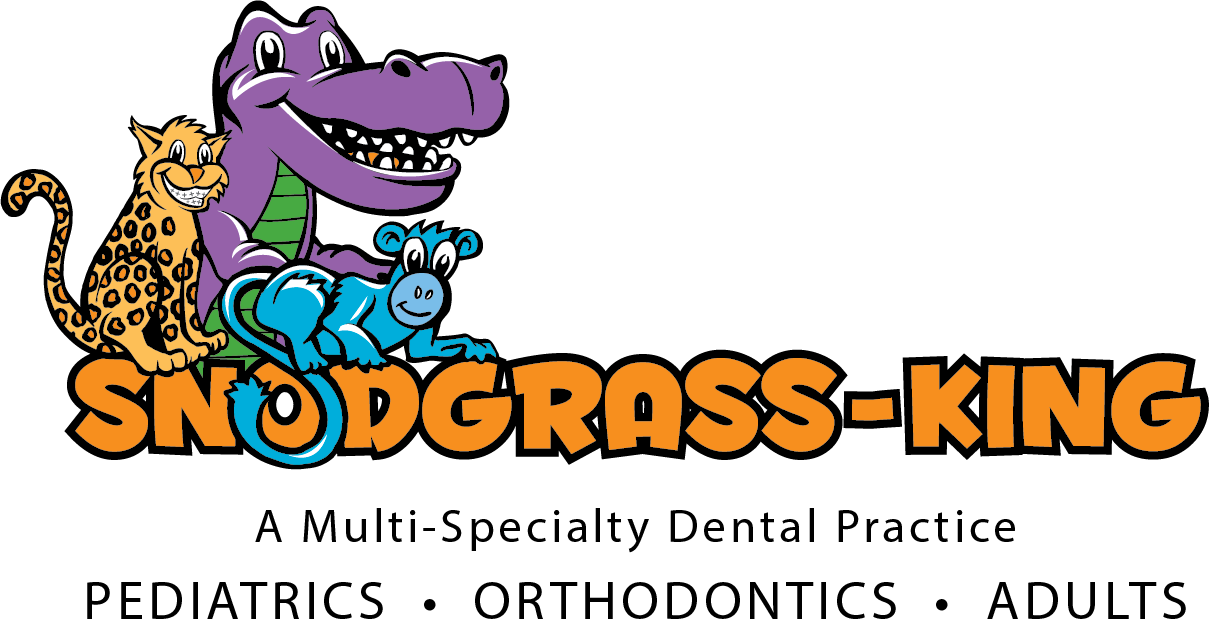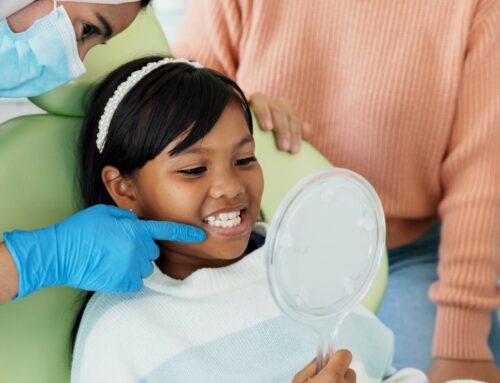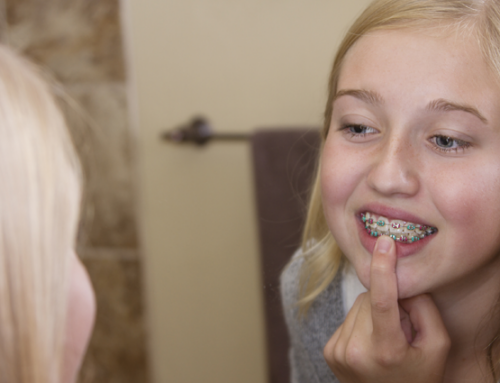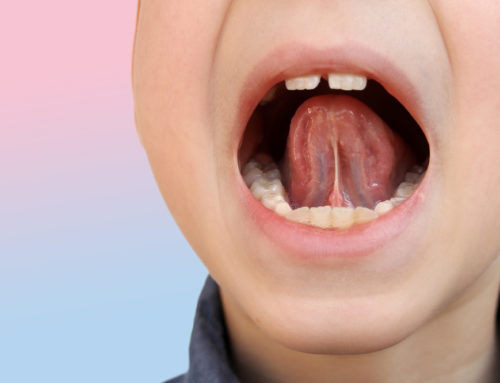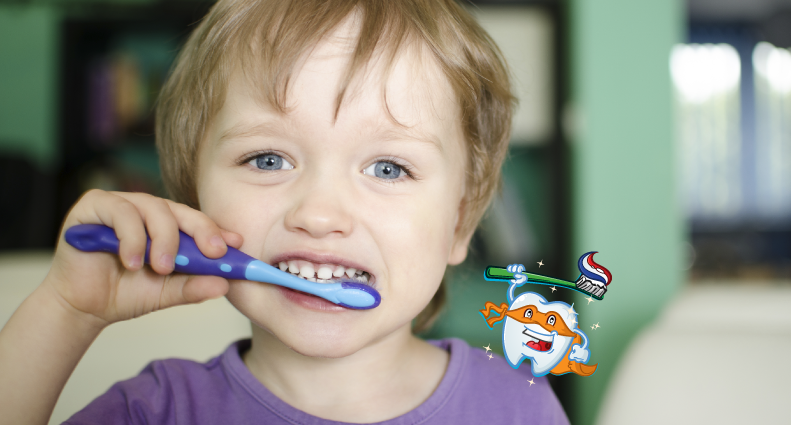
Cavity: An annoying and painful hollow pit in a tooth caused by sugar bugs setting up camp in your mouth. Okay, that may not be the official definition, but it definitely encompasses what a cavity is. As an added bonus, it’s a great way to explain a cavity to your child!
What Causes Cavities?
Cavities form when teeth are exposed to sugary foods on a regular basis. Sugars in the food you eat collect on and around the teeth. Then, a sticky film known as plaque forms on the tooth enamel. The bacteria within the plaque emit acid. At first, the acid weakens the tooth enamel, which leaves it vulnerable to tooth decay. If this isn’t addressed, the acid begins to penetrate the tooth enamel and erodes the insides of the tooth, thus creating a cavity. Your pediatric dentist may coat your child’s teeth in order to prevent cavities from forming.
8 Tips To Prevent Cavities In Your Child
1. Analyze Your Child’s Diet
Sugary and starchy foods should be consumed in moderation. Replace high sugar snacks like candy with natural foods when possible.
2. Cut Down on Snacks
Frequent snacking can unnecessarily expose teeth to sugars. In addition- when your child is snacking, make sure they consume enough water to cleanse their teeth.
3. Avoid the Monster Known as Sticky Foods
Sticky foods form plaque quickly and are extremely hard to get off teeth. Plus, they make a mess! Avoid these foods as often as possible.
P.S. you’ll save some wipes this way too!
4. Hit The Road, Sippy Cup
Obviously, sippy cups are necessary up to a certain age. However, after approximately twelve months sippy cups are thought to cause “baby bottle tooth decay.” The small amount of liquid that comes out with each sip causes sugary liquid to continuously swirl and then sit on the teeth.
5. Say No to Bedtime Drinks
The milk, juice, formula, or sweetened water you give your child with bedtime drinks sits on the teeth all night. This significantly increases their chance of getting cavities. Let your child know they are having their last drink before bedtime, then brush those teeth!
6. Rinsing is Key
Rinse a dirty pacifier under running water as opposed to sucking on it. That is how oral bacteria is transmitted.
7. Brush and Floss Those Pearly Whites
Your child can’t successfully brush or floss their teeth until they are around seven years old. Up until this time, parents should brush and floss their child’s teeth twice daily.
8. Don’t Cancel Appointments!
The American Academy of Pediatric Dentistry says a child’s first dental visit should be scheduled around their first birthday. Once you schedule that first appointment, keep to a regular appointment schedule to build healthy, beautiful smiles!
 Tell Me More, Tell Me More!
Tell Me More, Tell Me More!
Sealants are plastic coatings placed on your child’s teeth to fight cavities in those hard to reach areas that are often neglected when brushing. Pediatric dental sealants create barriers that protect teeth from problem causing bacteria that cause tooth decay and unwanted cavities. Look at sealants as superhero’s fighting bacteria in your child’s mouth!
Cavities can be incredibly painful, therefore putting your child, not to mention you, in a world of hurt! Try out these tips to avoid cavities whenever possible. Visit your pediatric dentist to see if your child would benefit from pediatric dental sealants. Most importantly, remember to keep those bi-annual pediatric dental appointments to ensure good oral health!
